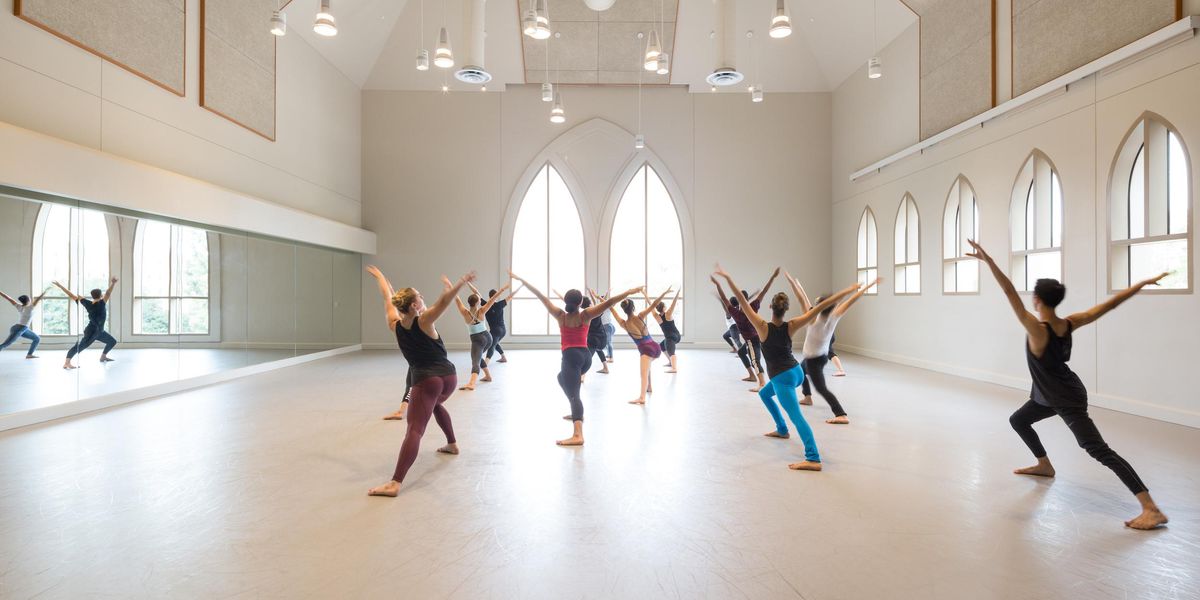Transitions
Yuka Iino retires, William Whitener steps down.
Retirements
In nearly 10 years with Oregon Ballet Theatre, principal dancer Yuka Iino set a standard of faultless technique, nuanced artistry, and bold yet sinuous movement. On Feb. 23, Iino’s farewell performance of Odette/Odile in Christopher Stowell’s Swan Lake showed her at the apex of her achievements as a ballerina.
Trained at the Reiko Yamamoto Ballet School in her native Japan, Iino won a gold medal at the 1998 Varna International Ballet Competition before joining OBT in 2003. Christopher Stowell, who stepped down as artistic director last fall, was excited by her potential. “When Yuka auditioned for me, it was instantly clear that here was a major talent in the classical repertoire—security, sensitivity, virtuosity, characterization,” says Stowell. “What I didn’t expect to find was that she had an equally natural instinct for the work of choreographers she hadn’t had a lot of experience with in Japan. It was miraculous to see that she was as free and instinctive in the work of Balanchine and Stravinsky as she had been with Petipa and Tchaikovsky, and that she would play a significant role at OBT,” he recalls.
Iino’s astonishing technical feats seemed to appear out of thin air, thrilling audiences and inspiring choreographers, including Stowell, Yuri Possokhov, and Nicolo Fonte. In Forsythe’s The Second Detail and Possokhov’s Firebird, her surrender to every movement was exhilarating. Her portrayals of Aurora and Giselle infused the utterly classical with 21st-century dynamism. Although her fans never detected even the slightest falter, a serious knee injury in 2010 influenced her decision to retire at 31 and dedicate herself to teaching. “Since injuring my knee, work has been a constant struggle,” she says. “I’ve always wanted to finish at my best and I feel now is that time. Teaching, I have a different feeling inside me than I have ever had, and I realized this is what I want to do with the next chapter of my life.” Iino returns to Japan to her lucky students, leaving fans and colleagues here with indelibly etched memories of her virtuosic artistry. —Gavin Larsen
Iino rehearsing Odette with Yang Zou as Siegfried. Photo by Blaine Truitt Covert, Courtesy OBT
—————————————–
Stepping Down
William Whitener
, who has led Kansas City Ballet for 17 years, will mount his final program as the company’s director this month. Counting his time at the helm of Royal Winnipeg Ballet and Les Ballets Jazz de Montreal, Whitener says that after 20-plus years running companies, he wants to extend the reach of his choreography. “I would like to have more time to focus on myself, my work, and expand my opportunities to include musical theater, opera, television, and film,” he said by phone in March. He was in Seattle, assisting Twyla Tharp in staging her work for Pacific Northwest Ballet. In addition to continuing to work closely with Tharp, with whom he danced for 11 years, Whitener is considering a move to New York City and a position in higher education.
Under Whitener, KCB’s budget more than doubled. He increased the number of Balanchine and Robbins works in addition to adding Cunningham, Wigman, and Tharp. He commissioned or choreographed over 30 new ballets, including his full-length Tom Sawyer, the company’s highest-grossing production second only to The Nutcracker. “I’ve never talked to so many boys and men at intermission who were grateful for an entry point into the art form,” he recalls. Whitener takes pride in having helped move KCB to the Todd Bolender Center for Dance & Creativity. The company also began performing at the state-of-the-art Kauffman Center for the Performing Arts (see “All-American Dream,” Oct. 2011).
KCB’s roster of 28 have all been hand-picked by Whitener. “He’s quite nurturing,” says Aisling Hill-Connor, who has spent 14 years dancing under his directorship. “I will miss the rapport we’ve had with each other, his confidence in me that I will deliver, and my confidence that he’s coaching me to look my best.”
Looking forward, Whitener says, “I hope that the theatrical nature of dance, which both Todd Bolender and I believed in, will continue to be one of the trademarks of the company.” As for the final performance, Hill-Connor says, “It’s going to be really hard, especially for a lot of us who have worked with him for so long. It’ll be a sad day.” —Kina Poon
Photo of Whitener by James O’Mara, Courtesy KCB





